If you’ve got a PS4 and haven’t yet jumped on the VR train, now is the perfect time to hit the station. Prices are lower, upgrades have been applied, and the catalog of games is currently booming.
Last year, we took a look at the PSVR’s current incarnation and tried to determine if it’s worth your money. It’s still (essentially) the first-gen trial version of the hardware, and there are a lot of kinks to still be worked out. With big news arriving from Sony, it’s nearly time to revise that opinion.
The cat is out of the bag: the PS5 is in the works and potentially coming in 2020. Although, we aren’t supposed to call it the PS5 yet for some reason. We also know VR will be supported in some fashion, but the specifics haven’t been revealed at this point.
With new consoles on the horizon and the sea of virtual reality titles steadily expanding, it’s time to take stock of what PSVR could do better. That’s a fact compounded with Steam putting their Valve Index VR machine up for pre-order, and the Oculus Quest set to launch soon.
What’s more, some players may not realize that a handful of quality of life upgrades have already arrived since PSVR launched at the end of 2016. I (sadly) bought my PSVR just before a 2nd-Gen edition came out that includes an inline headphone jack and slimmer connection cable.
While those are welcome additions, there are still some major shortcomings to overcome in its hardware and its overall design. Let’s take a deeper look at the top 5 changes the upcoming iteration needs to implement to take the console VR experience to the next level.
Build The PSVR Breakout Box Into The Console
Anyone considering VR knows that price is a barrier. However, what a lot of new PSVR players don’t realize is just how much shelf real estate this system takes up.
Take it from someone who knows — you absolutely need to get a charging stand to hold all of the components in one place. This helps avoid a ton of extra clutter from the headset (with its massive cord) and the Move controllers all rolling around.
Even with a charging stand, though, you are still stuck with the connector brick (called the “breakout box”) sitting next to your console. That’s where the design could easily be improved. Sony absolutely needs to have the PSVR brick built directly into the base console at the PS5 launch.
Considering that devices like the new Oculus Quest completely ditch everything but the headset and controllers, its clear that smaller devices that take up less space are the future of VR.
Improved Tracking
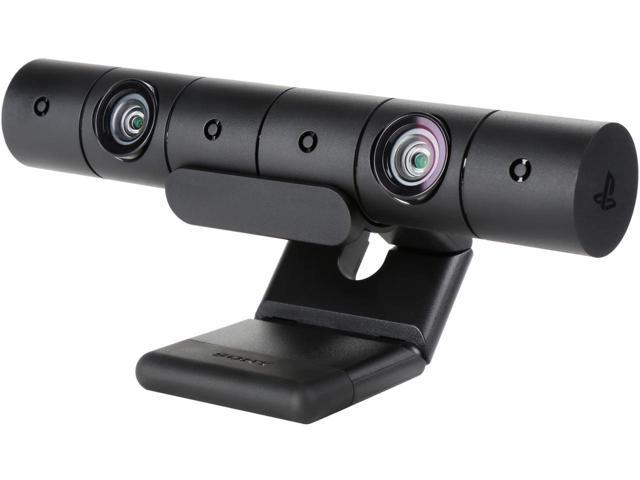
I have to admit, the current PSVR camera is pretty nifty. Sony’s engineers managed to make it highly adaptable in a very tiny package.
However, there’s big room for improvement here. The PSVR has a major Achille’s Heel not present in other PC-based setups: you only get a single camera for motion tracking.
Other systems like the HTC Vive, Oculus Rift S, and impending Valve Index all use multiple camera setups for significantly improved tracking (either with two base stations or with multiple cameras built into the headset).
The PS5’s VR headset desperately requires either a multi-camera setup or some new design that tracks better with the single, forward-facing camera system. This single feature alone would catapult the PSVR past “novelty” into “must-buy” territory.
Foveated Rendering
Hardware setup aside, the biggest issue with the PSVR right now is that nearly all of its existing games feel hampered or restrained in various ways by existing technology.
On-rails or stationary games tend to be the most fun because you don’t expect them to have huge open environments that can be fully explored.
Granted, some developers have found clever ways to get around that by using limited areas like the confines of a mansion in Intruders: Hide And Seek or by implementing teleportation-based movement.
Those are just workarounds, though, and they don’t address the root problem. To make bigger, more immersive VR worlds, the next iteration of PSVR needs to take advantage of foveated rendering. If you haven’t heard this term before, prepare to see it flung around like crazy in the coming months.
Essentially, what this technique does is track where your eye moves so the headset only renders what you are looking at. It then ignores all of the stuff you aren’t actively seeing at the moment. The result is a massive reduction in system resources needed to render huge VR environments, allowing developers to go hog wild with bigger areas.
Quickly Switch Between Normal Vision And VR
I’ve spent hundreds of hours in VR at this point. However, I’m constantly wishing for a way to quickly switch between the VR game and the real world without taking off the headset. There are a couple of different ways the PSVR 2.0 could tackle this issue:
- Placing a button on the side of the headset to pop off the front of the helmet or slide it back into position for an easy physical solution.
- Using a see-through material for the front of the headset and then projecting the VR image against it, with an option to quickly turn the image off by tapping a button on the headset or the DualShock.
- Adding an in-screen segment in the corner of the VR image that shows your surroundings by using the camera, with the ability to turn this inlay segment on or off quickly.
- Implementing a boundary system like the Oculus Quest, which scans your surroundings and notifies you if you are getting too close to the edge of the play space. If you step outside of the play space, the Quest automatically shows you your surroundings with built-in cameras.
If you haven’t played VR games extensively, you might be wondering why this is such a big issue.
First up, it’s very (very) easy to get turned around when you can’t see your surroundings.
That’s not just an issue of looking silly if other people are in the room. Due to the current single camera setup of the PSVR, this can result in reduced precision for your movements. This is especially true if you are facing sideways where the camera can’t track the controller lights.
But here’s the biggest reason: people have pets and kids. At the moment, I almost always have to wait until my toddler has gone to bed to play VR. That’s because he loves to get underfoot and try to figure out just what the heck his papa is doing with that weird helmet on his head.
For The Love Of Everything, Go Wireless!
If you haven’t seen it in person, it’s hard to overstate the bulk and length of the PSVR headset cable. That length is needed so you have room to maneuver while playing. But the girth and weight of both are out of control.
Thankfully, that was dealt with when Sony released the 2nd-Gen update and the cable was made much thinner, but frankly, there shouldn’t be a cable at all.
Whether you have the huge first version or the slimmer second version, the cable gets in the way during games where fast, precision movement is important, like Beat Saber.
It seems like a flat out necessity for the PS5’s VR headset to be entirely wireless if Sony wants to get a bigger selection of gamers to lay down the money on the virtual experience.
Add Multiple Headset Support
This is perhaps more of a personal preference than a “must have,” but I’d like to see a local co-op solution for the PSVR. At the moment, only one PSVR headset can be connected to the PS4 at a time through the breakout box.
The desire to use two VR headsets at the same time may seem odd at first. Since you are immersed in a virtual world and many of these games already offer online co-op, why two headsets? Well, for a certain section of couch co-op fanatics, it’s a must that is sorely missing.
In particular, it’s noticeably absent from games just screaming for the functionality, like Dick Wilde 2. Both stationary shooters and VR versions of local co-op favorites, such as Fruit Ninja, would be more fun with in-room co-op. If your friend or spouse could play next to you in the same room and discuss strategy or just shout expletives together, that would considerably increase the social factors of VR.
This option wouldn’t be useful just for games where you are getting up and moving, however. There are plenty of mini-games in The Playroom VR, for instance, where a group of people sits on the couch and one player stands in the middle. Adding multiple headset support would mean the whole family could sit together and watch VR movies.
Of course, making this work is entirely dependent on the on-screen surroundings solution above being effectively implemented so you don’t smash into each other unexpectedly.
There’s another potential barrier to local co-op, and that’s the issue of CPU power. Rendering all of those fast-moving VR images at a constant rate is already taxing on the PS4. It’s something that results in noticeably reduced graphical power from non-VR games. So, doing two at once might be a no-go even with the PS5’s increased specs
What Do You Want To See From PSVR 2.0?
When do you think VR support will be added to the PS5, and what do you most want to see in the PS5 rendition of PSVR? Sound off in the comments below or take our poll of the most-requested new PSVR features!


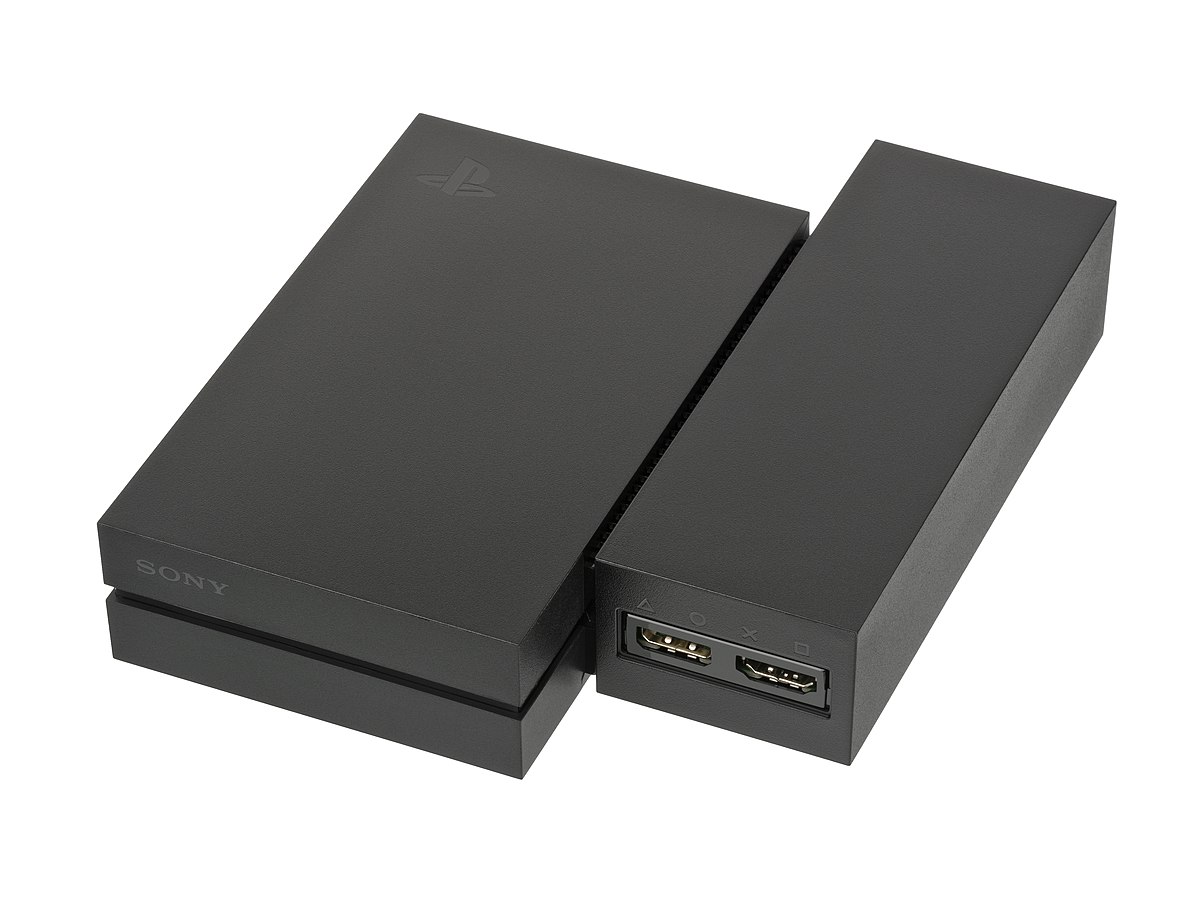
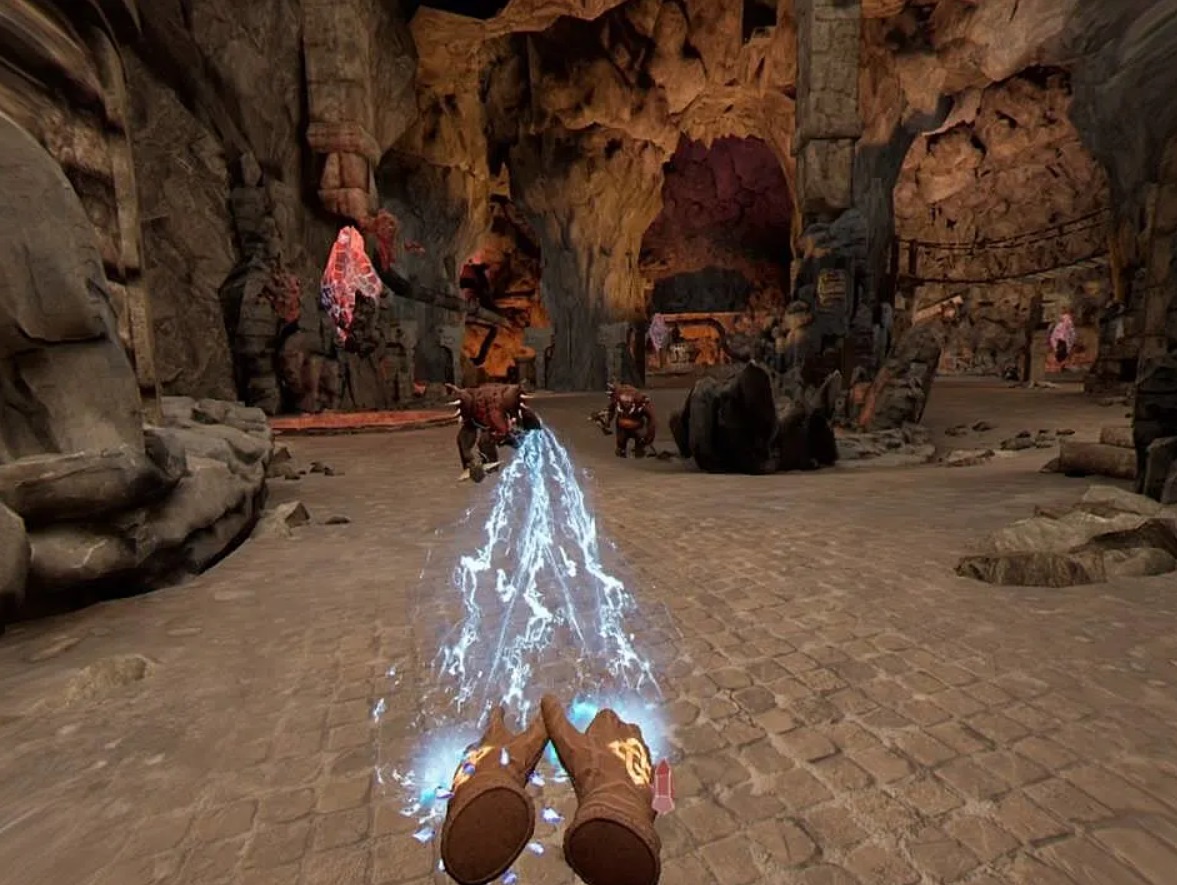
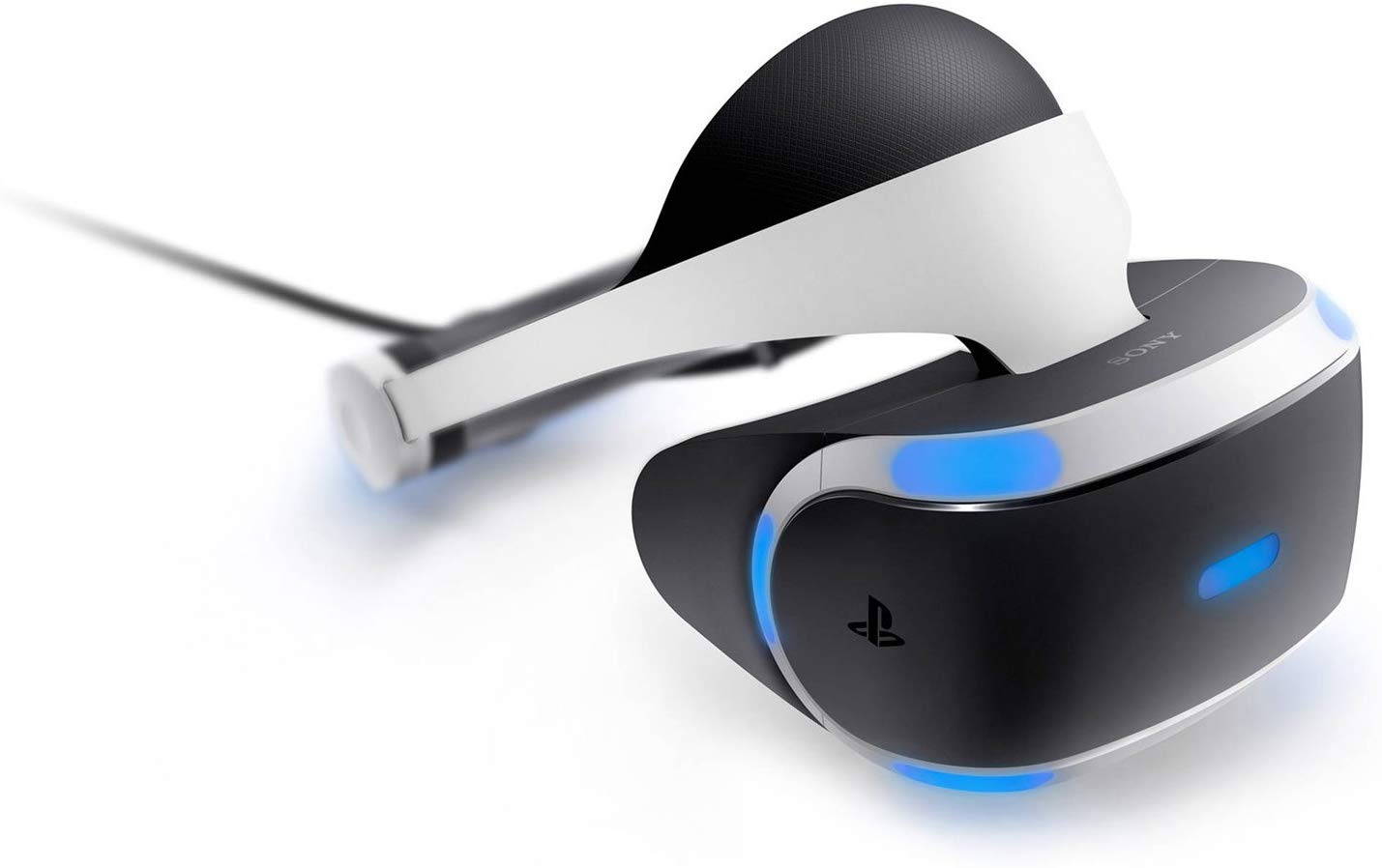
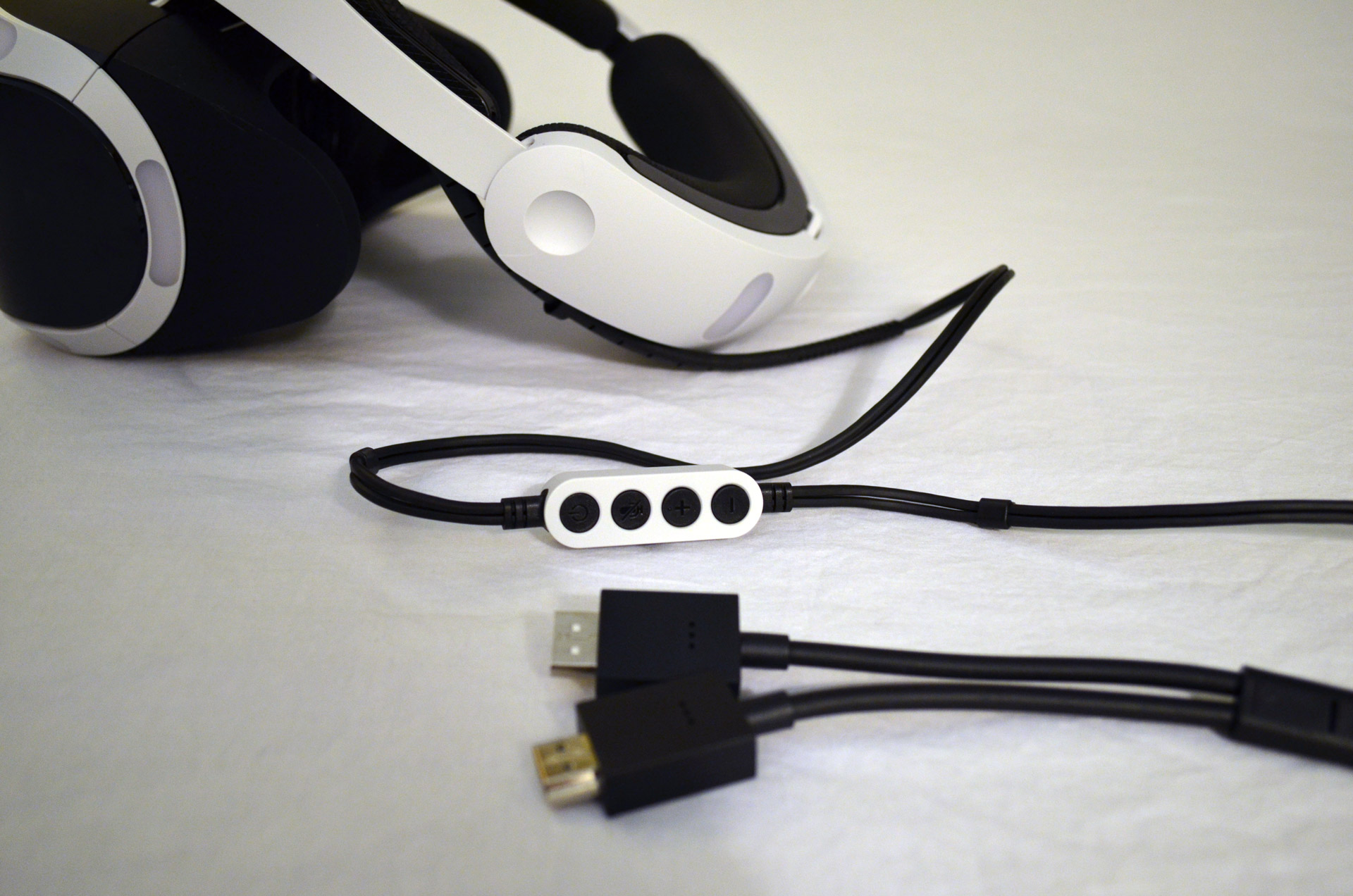
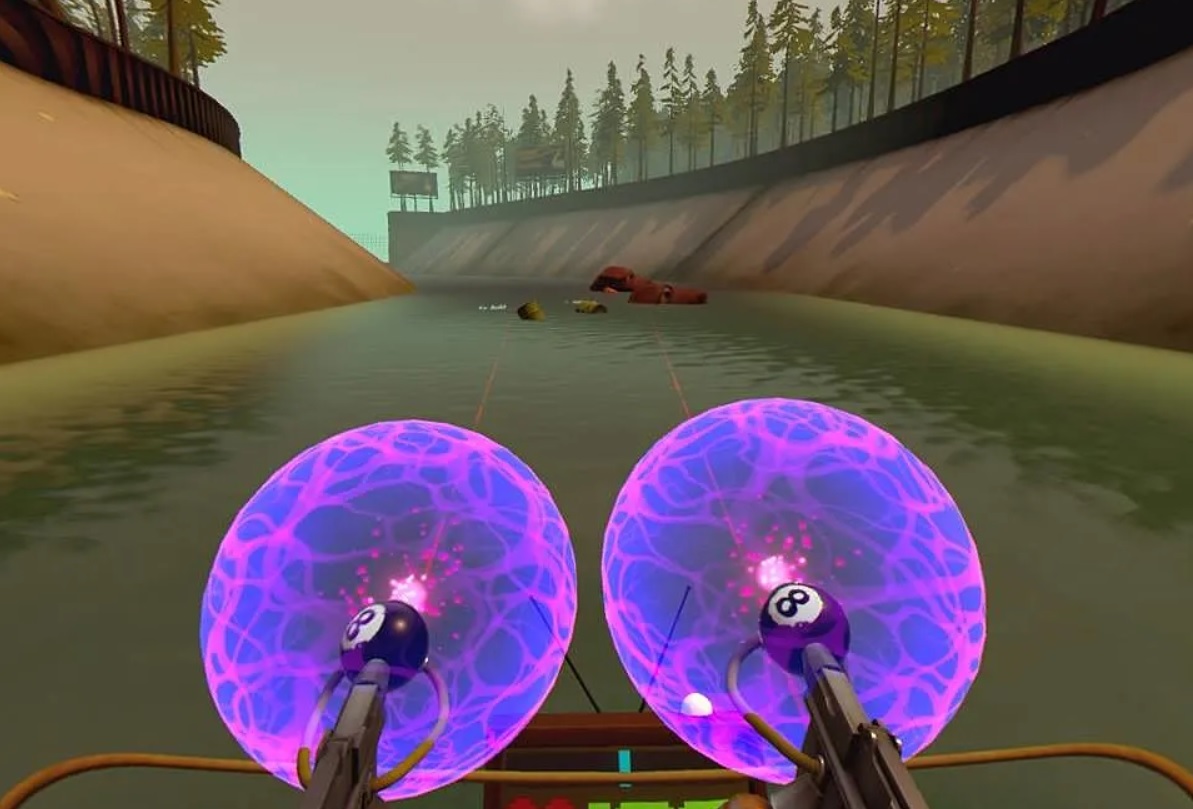





Published: May 1, 2019 8:35 PM UTC